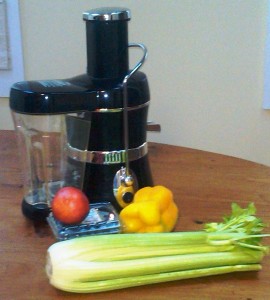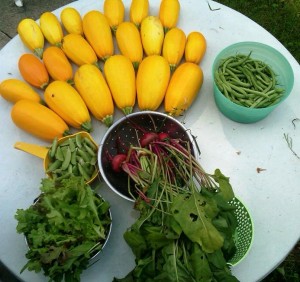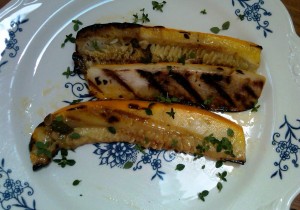Nov 26 2012
Quick Soup Stocks in the Pressure Cooker
Homemade soup stock couldn’t be easier when you are using a pressure cooker. Using this method will save you a great deal of time, and once you have soup stock made, you are ready to use the stock in cooking or for soups.
Since we just celebrated Thanksgiving, here’s the pressure cooker method for making Turkey Stock:
- Add the turkey carcass to the pressure cooker pot. If it’s large, you may need to break it up into several smaller pieces.
- Add 1 small onion, chopped, 2 carrots, chopped, 2 stalks celery chopped, ¼ cup parsley or 1 Tb. dried parsley, 1/2 tsp. pepper, and 1 tsp. salt.
- Add enough water to cover the turkey bones by about 2 inches. *Do not fill the pressure cooker more than 2 thirds full for this or any other recipe that you make.
- Lock the lid and pressure cook on medium pressure for 35 minutes. Remove pressure cooker from the heat and let the pressure drop of its own accord.
- Strain bones and vegetables from the broth; discard bones and vegetables.
- Place broth in a covered container and refrigerate. Allow fat to congeal in the top and skim off the hardened fat and discard.
- Your stock is ready to use or it can be from in smaller containers for later use.
The nice part about having your own homemade stock on hand or in the freezer is that it serves many cooking needs without the extra salt and preservatives.
 Homemade stock can be made using poultry, fish or meat bones, or vegetables. The pressure cooker saves you time, money and energy!
Homemade stock can be made using poultry, fish or meat bones, or vegetables. The pressure cooker saves you time, money and energy!
Comments Off on Quick Soup Stocks in the Pressure Cooker









